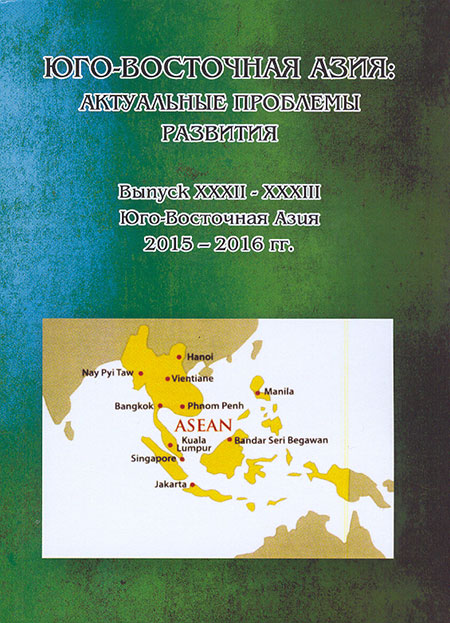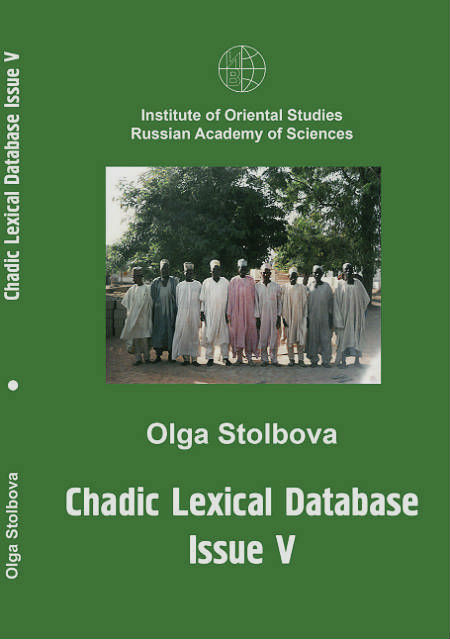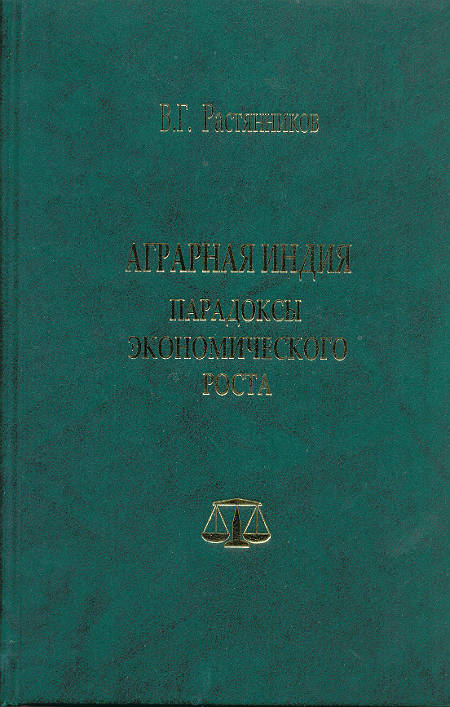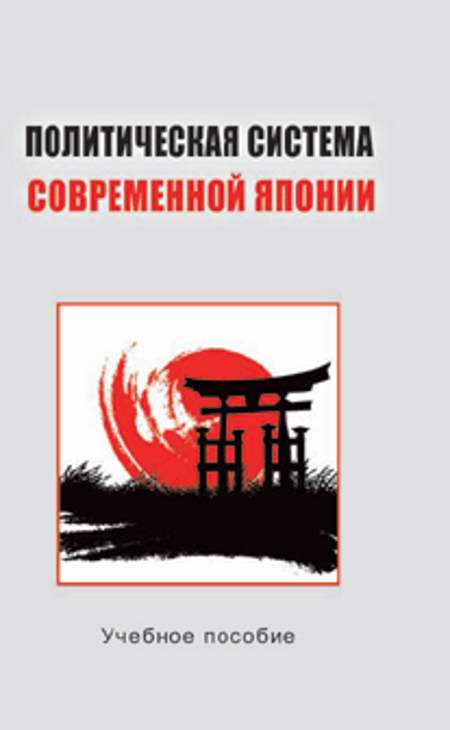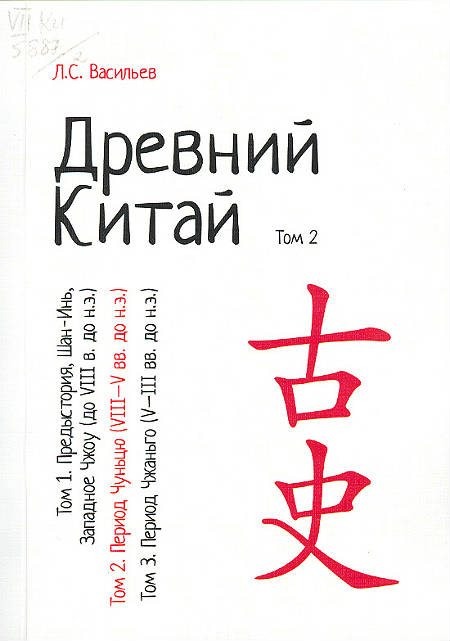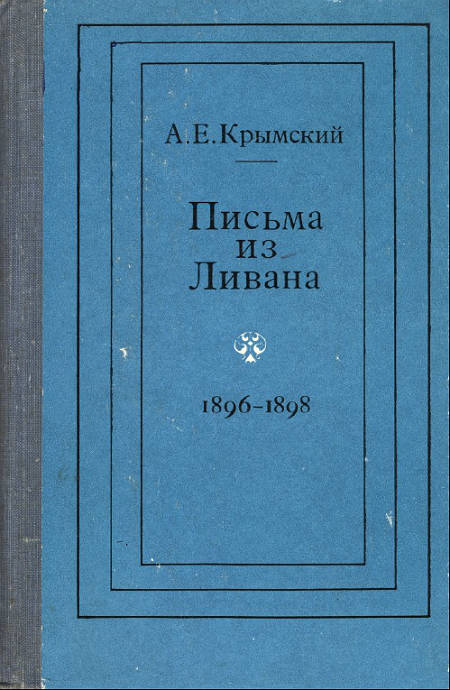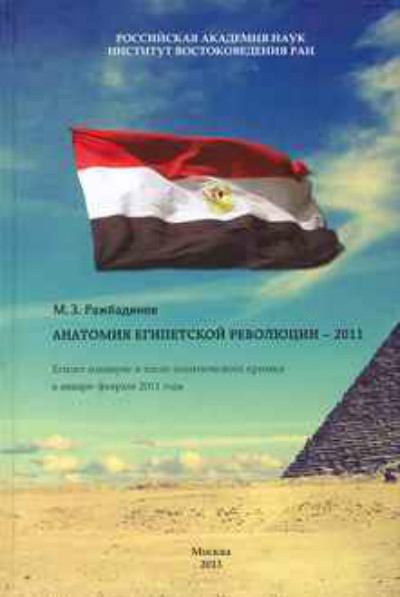Book
Anatomy of the Egyptian Revolution – 2011 on the Eve and After Political Crisis in January-February 2011.
Institute of Oriental Studies of the Russian Academy of Sciences
Москва, 2013, 412 p.
Egypt is the key country of the Arab world, any large-scale events in this country traditionally affected all region. From the revolution on Tahrir square in January-February 2011 began a wide-range transformational process in the Arab world in the XXI century. The author of the book has been working as a diplomat in Egypt for five years, from 2007 to 2011 and was a witness of the great historical events. His book consists of four chapters, introduction, etc. The first chapter is devoted to the analysis of social and economic situation in Egypt before the political crisis in January-February 2011. The author analysed the political kind of Mubarak’s regime which the author qualifies as a “hybrid” type, combining authoritarian rule with “facade” democracy. He examines the situation in the ruling elite, the attempts to bring to power of Hosni Mubarak’s son Gamal, despite discontent with this political figure in the Egyptian society and the army leadership. In the second chapter the author dwells in detail the activation of the political struggle in the context of the elections to the lower and upper Houses of Parliament (2005, 2007, 2010), the mass falsification of the election results, the repression against the opposition and the appearance of a famous politician Mohammed el-Baradei, the incident death of a young blogger Khaled Said, caused wrath in different strata of the Egyptian society. The third chapter is devoted to the revolutionary events in Egypt in January-February 2011. The author dwells in detail the events in January 25 – 28 within the framework of the mass protests in “The Police Day” and “The Day of Anger”. The forth part of the book examines the activity of main political and social forces in Egypt having evident influence on the situation in the country. Special attention was paid to the moderate islamists movement “The Muslim Brotherhood”, which is the most organized and powerful force in contemporary Egypt. The final analysis of the revolutionary events in Egypt is given in the conclusion. The assessment of the position of the European Union, the USA and the Russian Federation on the situation in the country is also referred. The author concludes that the “Cairo effect” caused long overdue tectonic shift in the Arab region. The process of changing the previous ruling elite for a generation of Islamic moderate technocrats will go on. Egypt has begun its move to build up a democratic state but with their specifics. The future situation in the country will depend on the relationship of “The Muslim Brotherhood” with the army and political secular powers. The country has just started to move in the way that Turkey did a few decades ago.
РУССКАЯ ВЕРСИЯ: Анатомия египетской революции – 2011 : Египет накануне и после политического кризиса в январе-феврале 2011 г.

